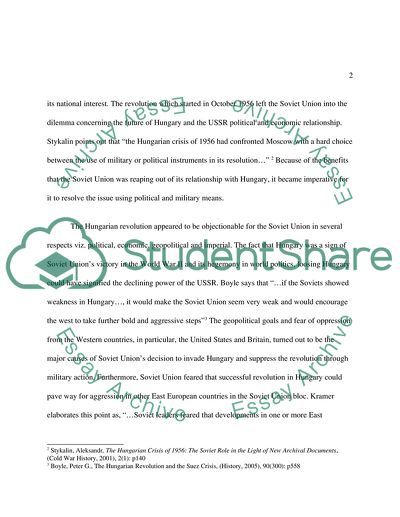Cite this document
(“Which aspects of the Hungarian 1956 revolution did the Soviet Essay”, n.d.)
Retrieved de https://studentshare.org/miscellaneous/1539398-which-aspects-of-the-hungarian-1956-revolution-did-the-soviet-leadership-find-most-objectionable
Retrieved de https://studentshare.org/miscellaneous/1539398-which-aspects-of-the-hungarian-1956-revolution-did-the-soviet-leadership-find-most-objectionable
(Which Aspects of the Hungarian 1956 Revolution Did the Soviet Essay)
https://studentshare.org/miscellaneous/1539398-which-aspects-of-the-hungarian-1956-revolution-did-the-soviet-leadership-find-most-objectionable.
https://studentshare.org/miscellaneous/1539398-which-aspects-of-the-hungarian-1956-revolution-did-the-soviet-leadership-find-most-objectionable.
“Which Aspects of the Hungarian 1956 Revolution Did the Soviet Essay”, n.d. https://studentshare.org/miscellaneous/1539398-which-aspects-of-the-hungarian-1956-revolution-did-the-soviet-leadership-find-most-objectionable.


